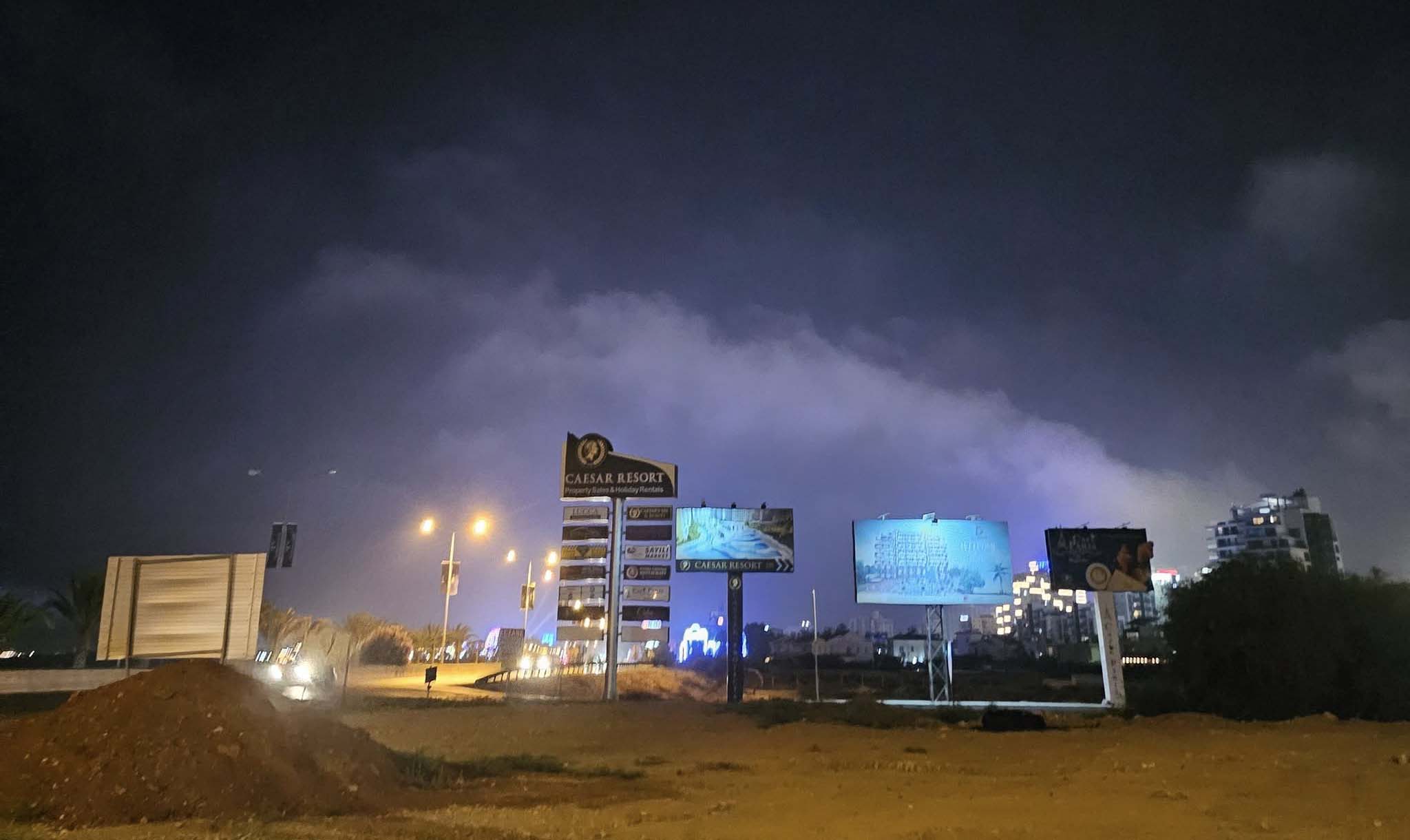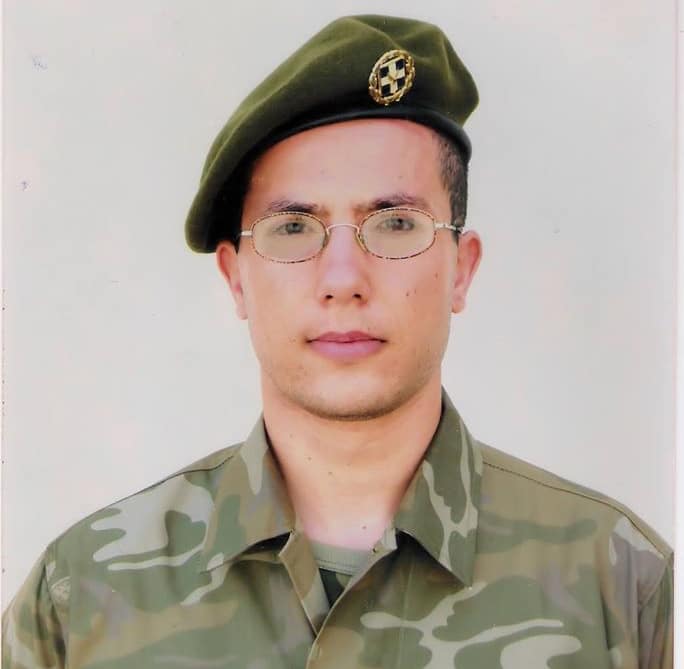Missiles were visible from the Cypriot towns of Famagusta, Larnaca, Trikomo and even Limassol on Friday night and the early hours of Saturday morning as Iran launched retaliatory strikes on Tel Aviv in response to Israeli strikes on Tehran and other Iranian targets a day earlier.
Cypriot social media channels were flooded with images and videos of lights in the sky visible from the southeast, while residents on the island’s east coast reported smoke and dust blowing over the Levantine sea and hanging in the island’s atmosphere.
In Israel, a number of missiles hit buildings in and near Tel Aviv, with rescue missions underway to uncover survivors from the rubble.
Israel’s national emergency and disaster service Magen David Adom confirmed that two people had died in the airstrikes as of Saturday morning, while “dozens” are said to have been injured.
Iran’s Fars news agency reported on Saturday morning that the country’s strikes on Israel “will continue”, with the BBC reporting that an Iranian official had also said the country would “target United States bases in the region in the coming days”.
Earlier, Iran’s representative at the United Nations Amir-Saeid Iravani had described the Israeli airstrikes which prompted his country’s retaliation as “barbaric and criminal”, and said they had targeted nuclear facilities, civilian infrastructure, and residential areas.
He added that 78 people were killed in the strikes and more than 320 have been injured, the “overwhelming majority” of whom are civilians.
UN Secretary-General Antonio Guterres released a short statement on the matter via his social media, writing: “Enough escalation. Time to stop. Peace and diplomacy must prevail”.







Click here to change your cookie preferences